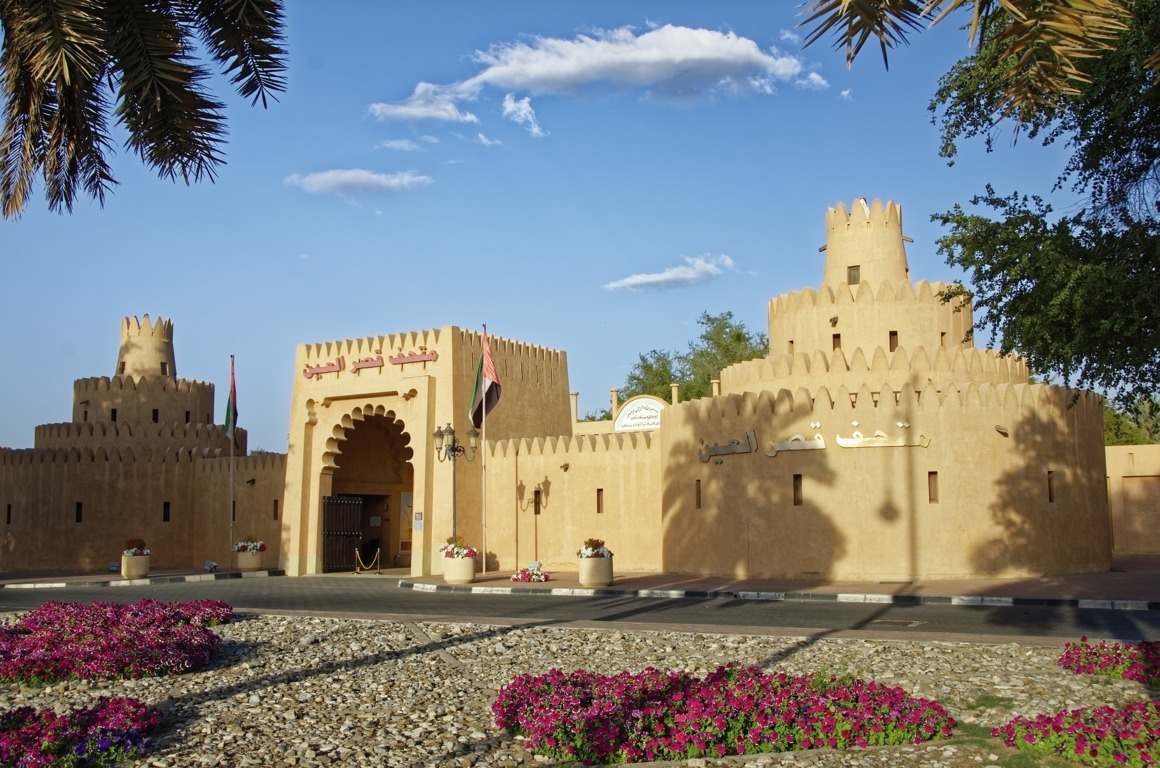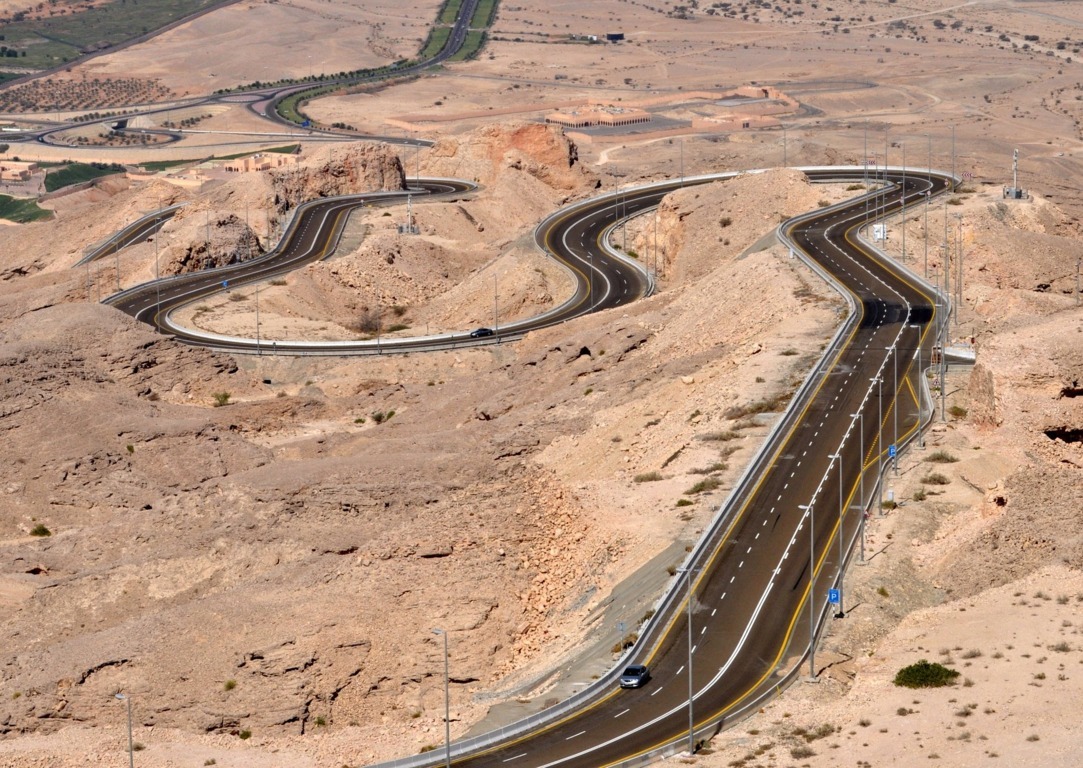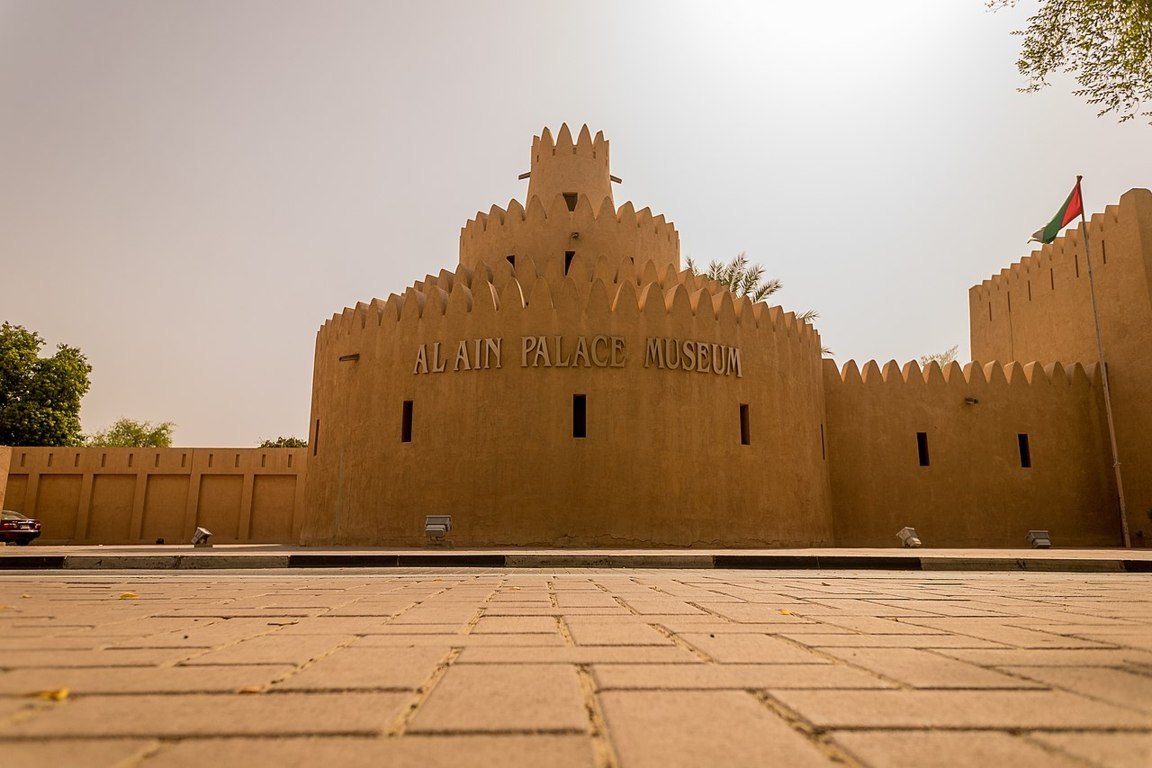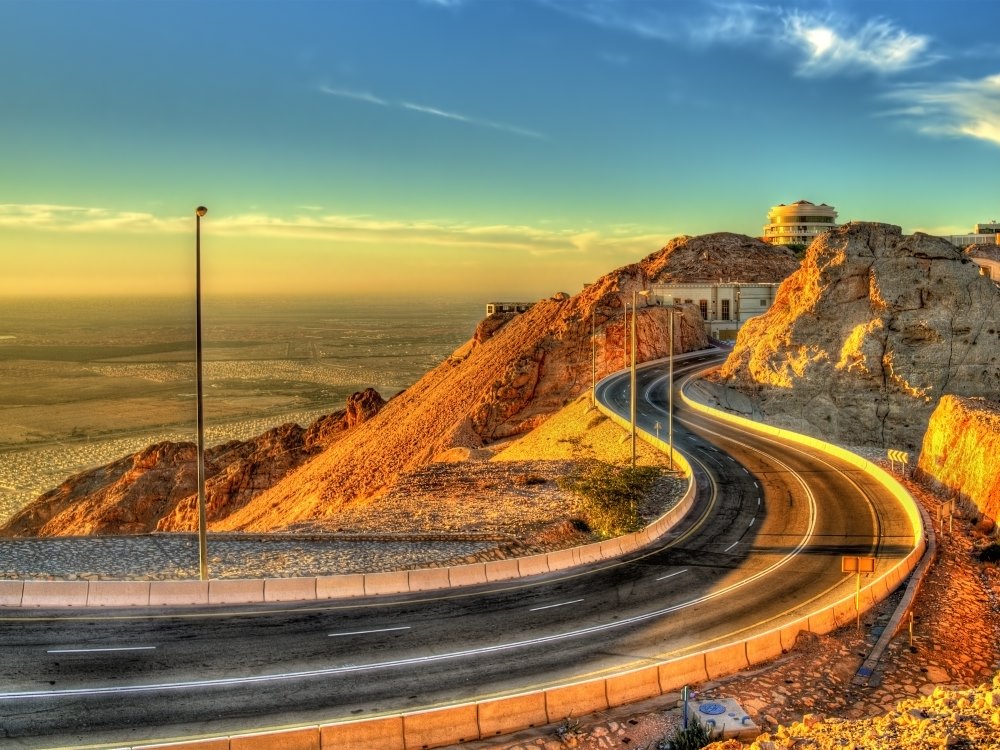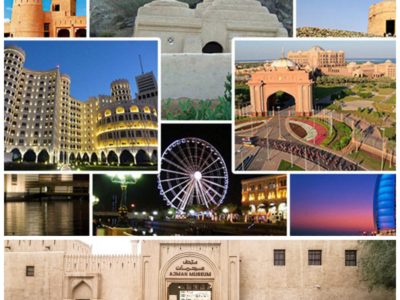Al Ain
Al-Ain is a city in the Eastern Region of the Emirate of Abu Dhabi, on the United Arab Emirates, the border with Oman, adjacent to the town of Al-Buraimi. It is the largest inland city in the Emirates, the fourth-largest city (after Dubai, Abu Dhabi, and Sharjah), and the second-largest in the Emirate of Abu Dhabi. The freeways connecting Al-Ain, Abu Dhabi, and Dubai form a geographic triangle in the country, each city being roughly 130 kilometers (81 mi) from the other two.
Al-Ain is located approximately 160 kilometers (99 mi) east of the capital Abu Dhabi, and about 120 kilometers (75 mi) south of Dubai. The eastern region covers an area of approximately 13,100 km2 (5,100 sq. mi). Oman lies to the east, Dubai and Sharjah to the north, Abu Dhabi to the west and the Empty Quarter desert and Saudi Arabia to the south. The topography of Al-Ain is unique and varies as one travels to the east. The ecologically important Jebel Hafeet ("Mount Hafeet"), an outlier of the main Hajar range, is considered one of the monuments of Al-Ain, lying just to the south of the city. Rising to 1,100–1,400 meters (0.68–0.87 miles) in elevation, Jabal Hafeet is one of the highest mountains in the country, and has a number of ridges which stretch to the inner part of the city, two of which are Jabal An-Naqfah (which touches Al-Ain Oasis), and the Western ridge. Sand dunes of varying texture that are tinged red with iron oxide lie to the north and east of Al-Ain.

